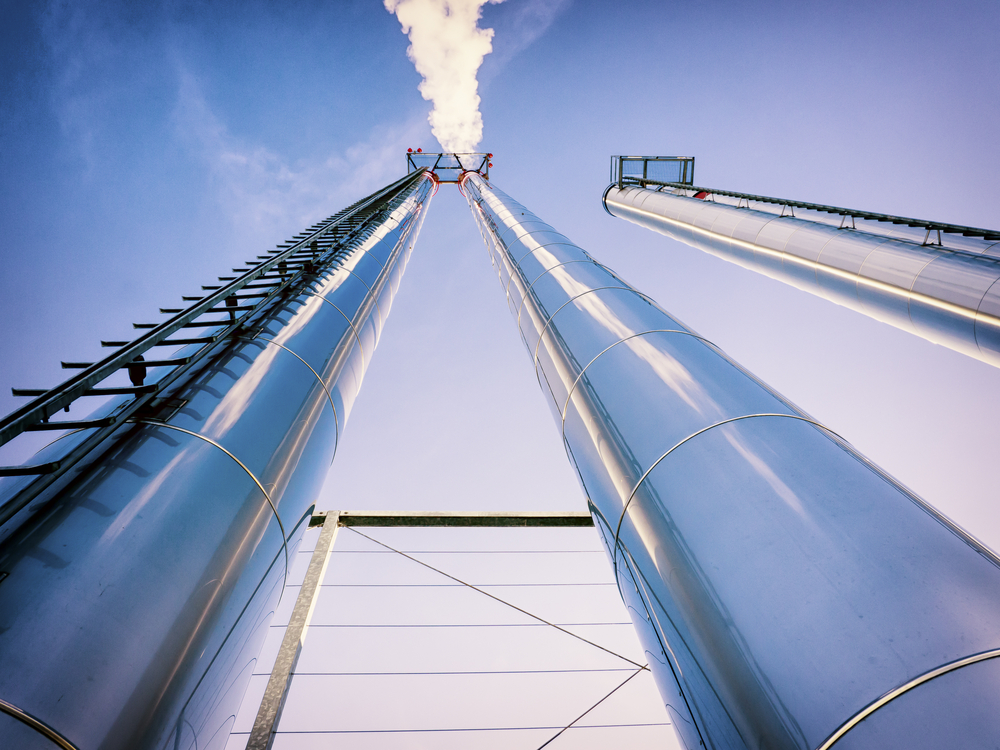Why The U.S. Needs More Combined Heat and Power
Let's Save Energy
Alliance to Save Energy's Blog

Increasingly frequent—and extreme—weather events in the last few years have reminded us about the limits of our aging grid. But they have also helped us identify the energy technologies that will be most critical in the future. One of those key growing technologies is combined heat and power (CHP).
During Hurricane Sandy, CHP systems were able to help reduce the risk of grid disruptions in the face of extreme winds and rain. When Sandy cut the power supply for large portions of New York City, CHP systems enabled hospitals, university campuses, and other buildings to retain full heat and power even after losing grid-supplied electricity.
To ensure future reliable access to electricity (and enhance U.S. energy efficiency), CHP must be a key component.
Also known as cogeneration, CHP is not so much one technology, but a suite of technologies that generate electricity and thermal energy together from a single fuel source, typically natural gas, at or close to the point of use. But unlike conventional electricity generation, CHP recovers heat waste to provide its heating and/or cooling. By using this waste heat CHP systems are able to operate at 65 to 75 percent efficiency, well above the national average of 45 percent. Additionally, CHP systems help promote efficiency by avoiding transmission and distribution losses associated with traditional power stations.
CHP’s benefits don’t stop there. They also increase the competitiveness of U.S. businesses by allowing firms to substitute efficient self-generated power over more expensive energy options. This also helps cities and communities avoid the need to build new power plants and other grid infrastructure. And of course it reduces the release of harmful emissions, including carbon dioxide.
Currently, the vast majority of CHP capacity is concentrated in the industrial sector, with many systems providing power and steam for energy intensive operations such as chemical and paper production, refining, and metal manufacturing.
Many hospitals, universities, office buildings, and apartment complexes are starting to take notice and deploy CHP systems, but even with this renewed interest, CHP only represents about 8 percent of total U.S. generating capacity.
Recognizing this missed opportunity, President Barack Obama issued an Executive Order in 2012 with the goal of achieving an additional 40 gigawatts (GW) of new CHP by 2020. The order directs Federal agencies to coordinate policies which encourage investment in CHP, provide public information on the benefits of investing in industrial efficiency, and use existing Federal authorities that can support these investments.
Achieving the President’s goal would mean not just a significant increase in CHP use, but a complete doubling of the U.S.’s CHP capacity. Estimates completed by the Department of Energy show that achieving this goal would result in savings of $10 billion a year for current energy users and the elimination of 150 million metric tons of carbon dioxide emissions each year. U.S. manufacturers would also clearly benefit, seeing $40 to $80 billion in new capital investment over the next decade.
Alliance Policy and Research Associate Howard Marano contributed to this post.
RECENT BLOG POSTS
STAY EMPOWERED
Help the Alliance advocate for policies to use energy more efficiently – supporting job creation, reduced emissions, and lower costs. Contact your member of Congress.
Energy efficiency is smart, nonpartisan, and practical. So are we. Our strength comes from an unparalleled group of Alliance Associates working collaboratively under the Alliance umbrella to pave the way for energy efficiency gains.
The power of efficiency is in your hands. Supporting the Alliance means supporting a vision for using energy more productively to achieve economic growth, a cleaner environment, and greater energy security, affordability, and reliability.



